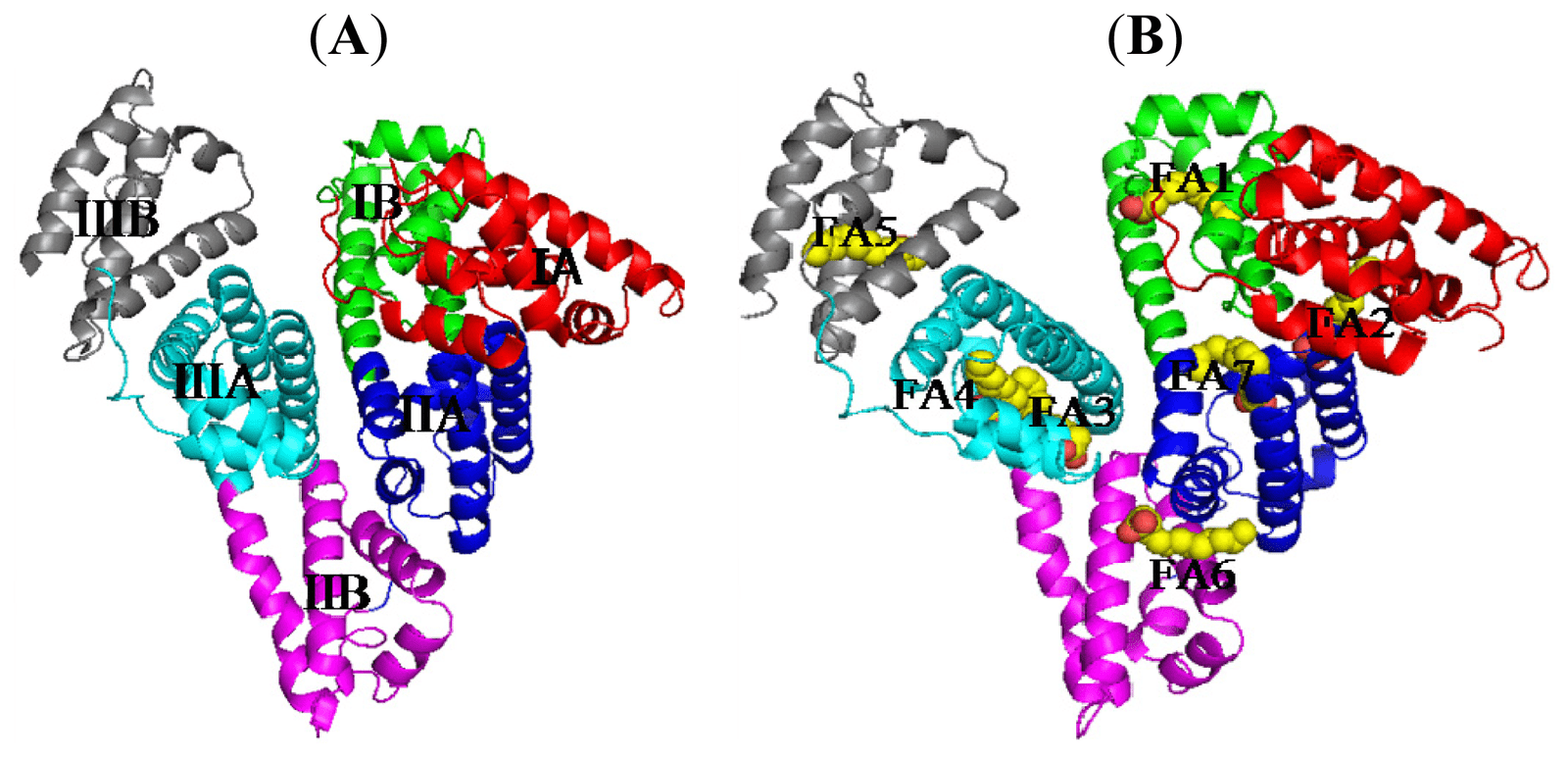Serum albumin and serum calcium are two vital biochemical parameters regularly assessed in anesthesia and immediate postoperative care. Understanding their interaction and how changes in one affect the other is crucial for optimizing patient management during and after surgery.
Serum Albumin:
Serum Albumin:
- Serum albumin is a protein synthesized by the liver and constitutes a major portion of blood plasma proteins.
- It plays a pivotal role in maintaining colloid osmotic pressure, which regulates the distribution of fluids between blood vessels and body tissues.
- Low serum albumin levels often indicate malnutrition, inflammation, or liver dysfunction.
- In the context of anesthesia, hypoalbuminemia (low serum albumin) can increase the risk of complications such as postoperative infections, delayed wound healing, and adverse drug reactions.
Serum Calcium:
- Serum calcium is essential for various physiological processes, including muscle contraction, nerve function, blood clotting, and bone health.
- The body tightly regulates calcium levels through hormones like parathyroid hormone (PTH) and calcitonin.
- Hypocalcemia (low serum calcium) can lead to muscle cramps, tetany, and cardiac arrhythmias, while hypercalcemia (high serum calcium) can result in kidney stones, fatigue, and confusion.
Interrelationship and Clinical Significance:
- Serum calcium and serum albumin are interconnected in a clinical context. The total serum calcium level is influenced by the concentration of serum albumin.
- When serum albumin is low, there is less binding capacity for calcium ions, resulting in an increase in the fraction of ionized (active) calcium. As a result, the total serum calcium may appear lower than it actually is.
- Conversely, elevated serum albumin can lead to an overestimation of total serum calcium.
- Understanding this interplay is vital for accurate calcium status assessment in patients, especially during anesthesia and surgery.
- Anesthesiologists and healthcare teams must consider both serum albumin and calcium levels to gauge a patient’s nutritional status and predict their tolerance for anesthesia and surgical stress.
Effects of Change in Serum Albumin on Serum Calcium:
- An increase in serum albumin (e.g., due to rehydration or improved nutrition) may cause an apparent increase in total serum calcium levels without a real change in ionized calcium. This can be misleading if not considered.
- Conversely, a decrease in serum albumin (e.g., due to malnutrition or inflammation) may lead to an apparent decrease in total serum calcium levels without an actual change in ionized calcium. This can also be misleading.
- Therefore, clinicians should calculate corrected calcium levels to adjust for variations in albumin levels. Corrected calcium levels provide a more accurate assessment of a patient’s calcium status, accounting for changes in serum albumin.
Calculation of Corrected Calcium (mg/dL):
Corrected Calcium = Measured Total Calcium (mg/dL) + 0.8 * (4 – Serum Albumin [g/dL])
In summary, serum albumin and serum calcium are intricately linked, and changes in one parameter can affect the interpretation of the other. Anesthesia and immediate postoperative care require a thorough understanding of this interplay to make informed clinical decisions. Corrected calcium calculations help account for fluctuations in serum albumin, ensuring a more precise assessment of a patient’s calcium status during the perioperative period.
Corrected Calcium = Measured Total Calcium (mg/dL) + 0.8 * (4 – Serum Albumin [g/dL])
In summary, serum albumin and serum calcium are intricately linked, and changes in one parameter can affect the interpretation of the other. Anesthesia and immediate postoperative care require a thorough understanding of this interplay to make informed clinical decisions. Corrected calcium calculations help account for fluctuations in serum albumin, ensuring a more precise assessment of a patient’s calcium status during the perioperative period.

